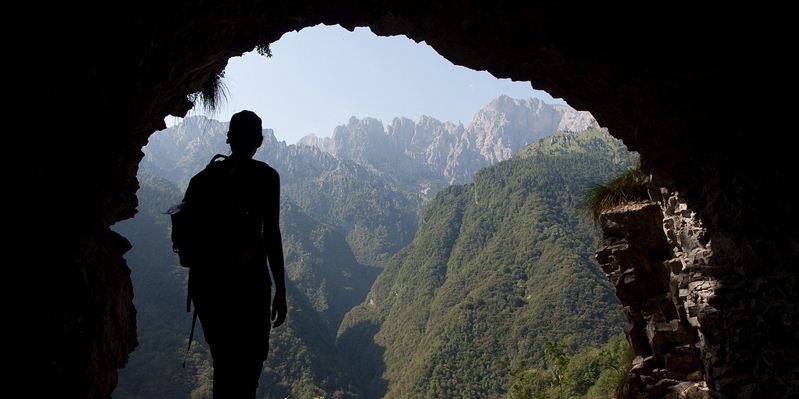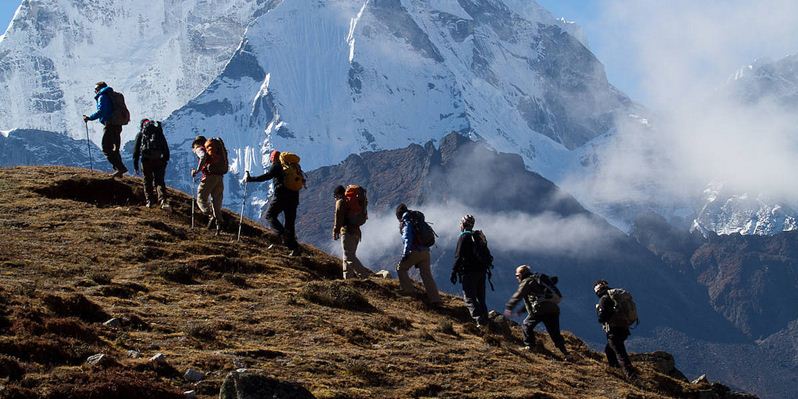7 trekking tips you should know
Trekking is difficult without at least some pre-trip training or a strong baseline level of fitness. It’s typically a difficult job in any case. The price of a wonderful journey is sweat. Your hurting quadriceps and sore calves are your badges of honor. What is the cost-benefit analysis? Some of the world’s most unspoiled, beautiful, and jaw-dropping vistas. And guess what: the more you practice, the simpler it becomes. Honest.
But you don’t have to be an Iron Man to reach Everest Base Camp or the summit of Mt Toubkal. Not at all. Trekking is accessible to everybody; all you need to do is be cautious and train for it. To that end, here are some of our best recommendations for pre-trek preparation.
1. Walk the walk
This may appear to be a no-brainer, but you’d be shocked how many people don’t do it. What’s the greatest method to be ready for a long walk? Take lengthy walks. Start small and gradually work your way up to the real distance you’ll be hiking on the trip. Allow a day in between each stroll at first. However, as you progress, aim to perform back-to-back workouts every day — this will help you prepare for the rigorous pace of a ten-day trip when you won’t have the luxury of rest days. Before you travel, we recommend that you be able to walk for 4-6 hours easily.
2. Work those legs
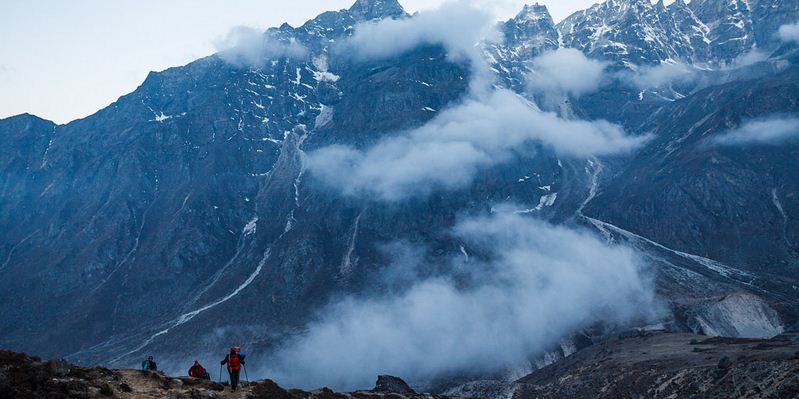
Although there is no alternative for long walks, any type of leg-based exercise can help you prepare. Cycling will help you strengthen your leg muscles faster than soccer, football, squash, or swimming. If you prefer to work out in the gym, alternate cycling sessions with weighted squats and lunges. Stair climbing is also beneficial for strengthening the calves and quadriceps. If your building has an elevator, consider skipping it every day and instead taking the stairs. During your lunch break, run up and down them a few times. Inadvertent exercise adds up.
3. Step correct
It may appear odd, but you may be walking incorrectly. This is irrelevant if your normal path is from the sofa to the fridge, but across 150 kilometers of mountain terrain, even the smallest flaw in your stride may become a very severe problem. Make sure you’re contacting the ground with your heel first, then rolling onto your toe, which you’ll use to drive yourself forward for the following stride. This will reduce the likelihood of shin splints and tendon pulls. Keep your head up and your shoulders level as you walk, rather than slouching forward.
4. Mix up the terrain
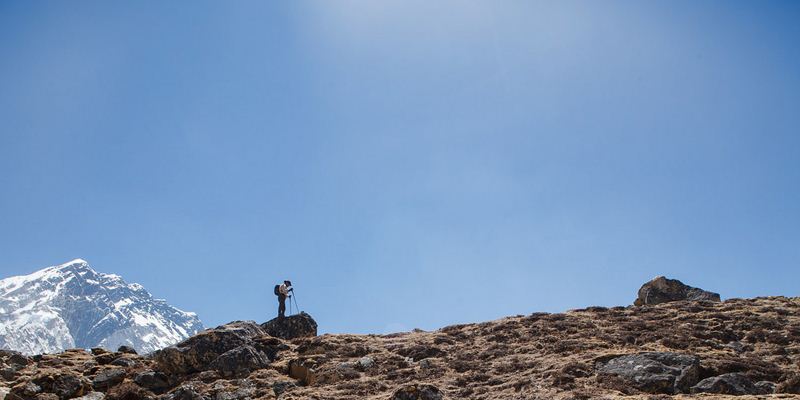
Because you will not be hiking on level trails or asphalt, it makes little sense to exercise on consistent, flat surfaces. Try to recreate the conditions of your journey. If you’re looking for Everest or Kili, seek for steep, rocky terrain or loose shale. If you’re on Kokoda, look for muddy pathways covered with roots and leaf mold. It all comes down to prepping your feet, ankles, and knees for the type of stress they’ll be subjected to on the journey.
5. Take a backpack
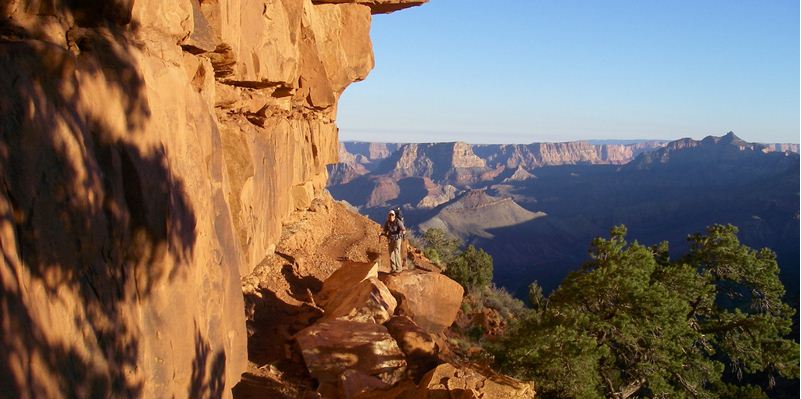
On most of our trekking trips, you will not be carrying your main pack, but rather a compact day pack up and down the mountains with basics such as rain gear, a camera, food, and water. So, when you’re training, make it difficult by bringing your backpack with you. As long as you have a firm weight on your back, you may load it with Gatorade and chocolate. If you really want to push it, consider packing a little more than you intend to on the trip – it will make the ultimate excursion feel like a stroll in the park.
6. Fuel correctly
Hydration and nourishment are essential both during and before a journey. Nuts, jerky, dried fruit, oat bars, and chocolate are all wonderful sources of protein and energy. The good news is that mountain streams are typically an excellent supply of freshwater (and it tastes much better than the filtered water you’re used to backing home). During your workouts, be sure to eat on the move so your body gets acclimated to digesting while working out.
7. Footwear is key
